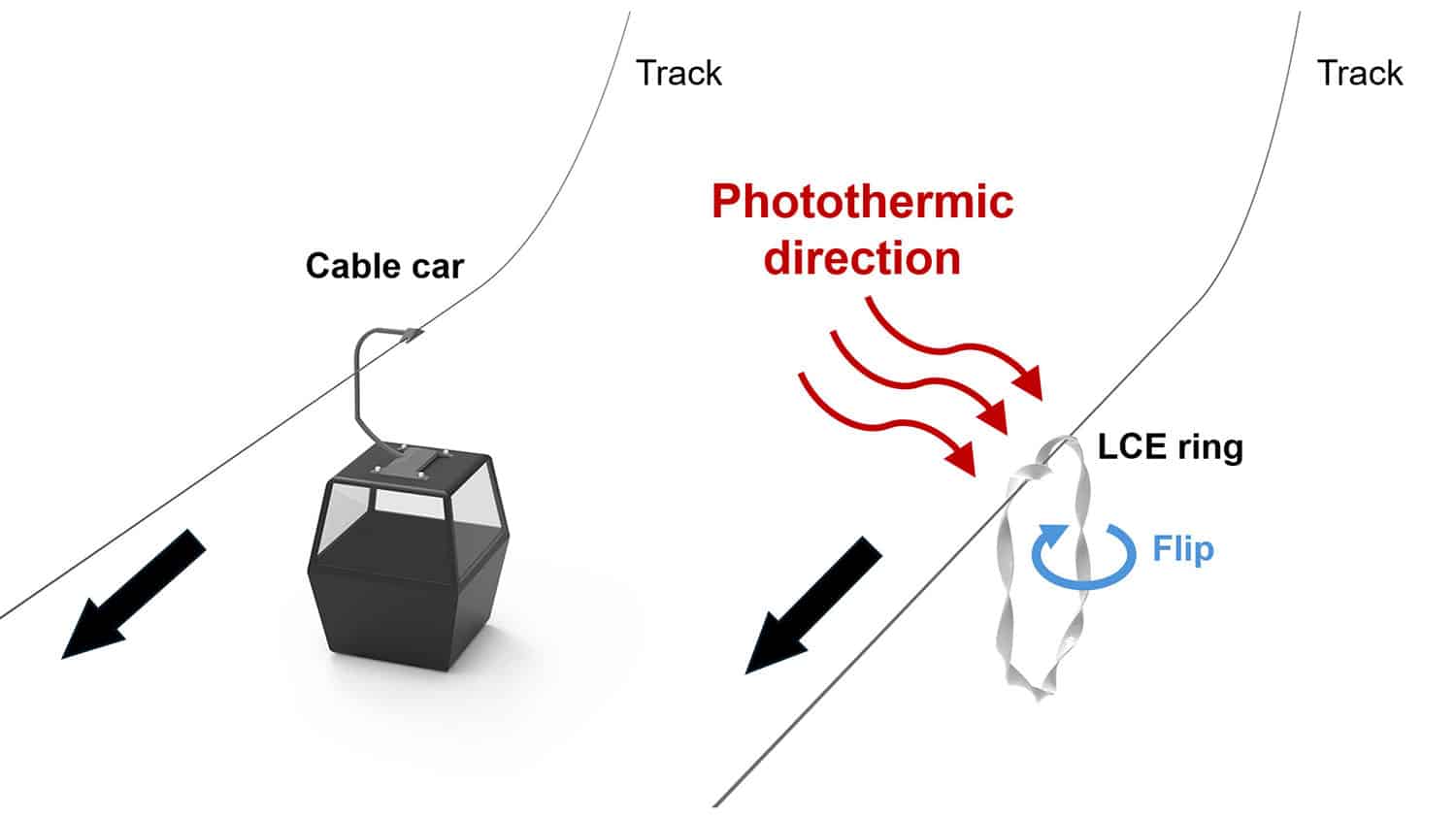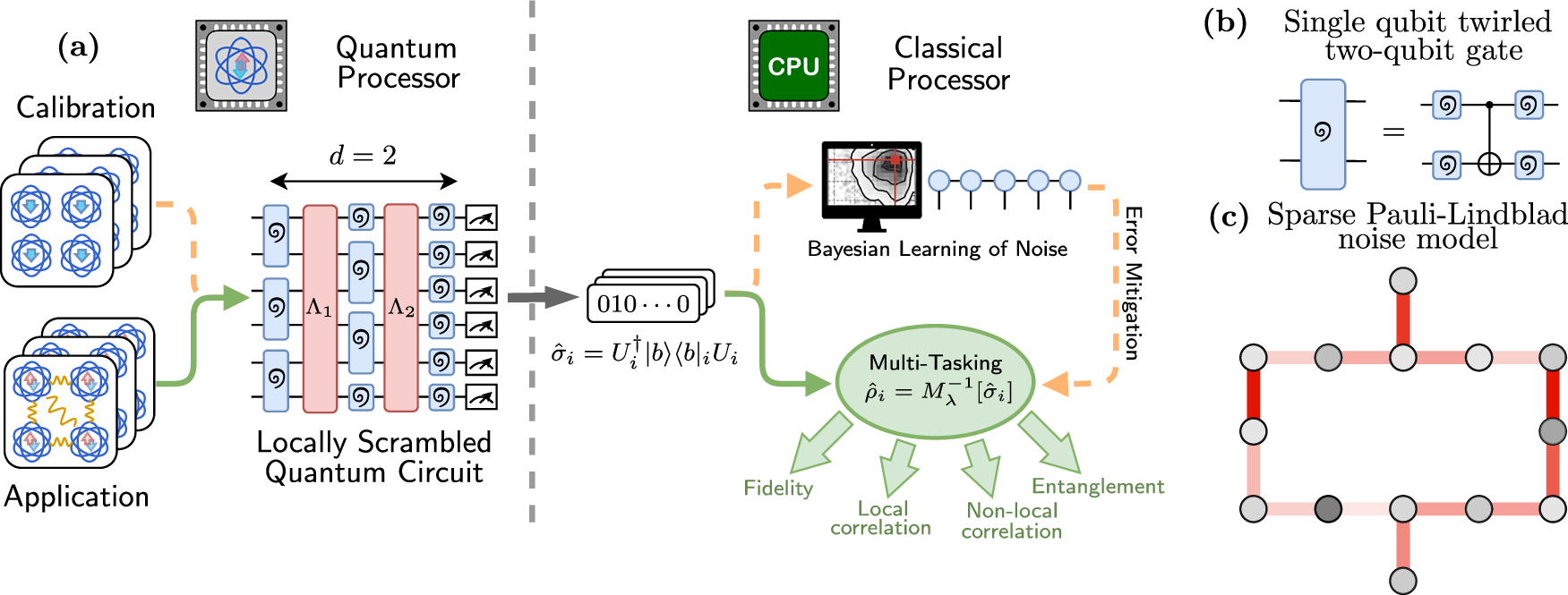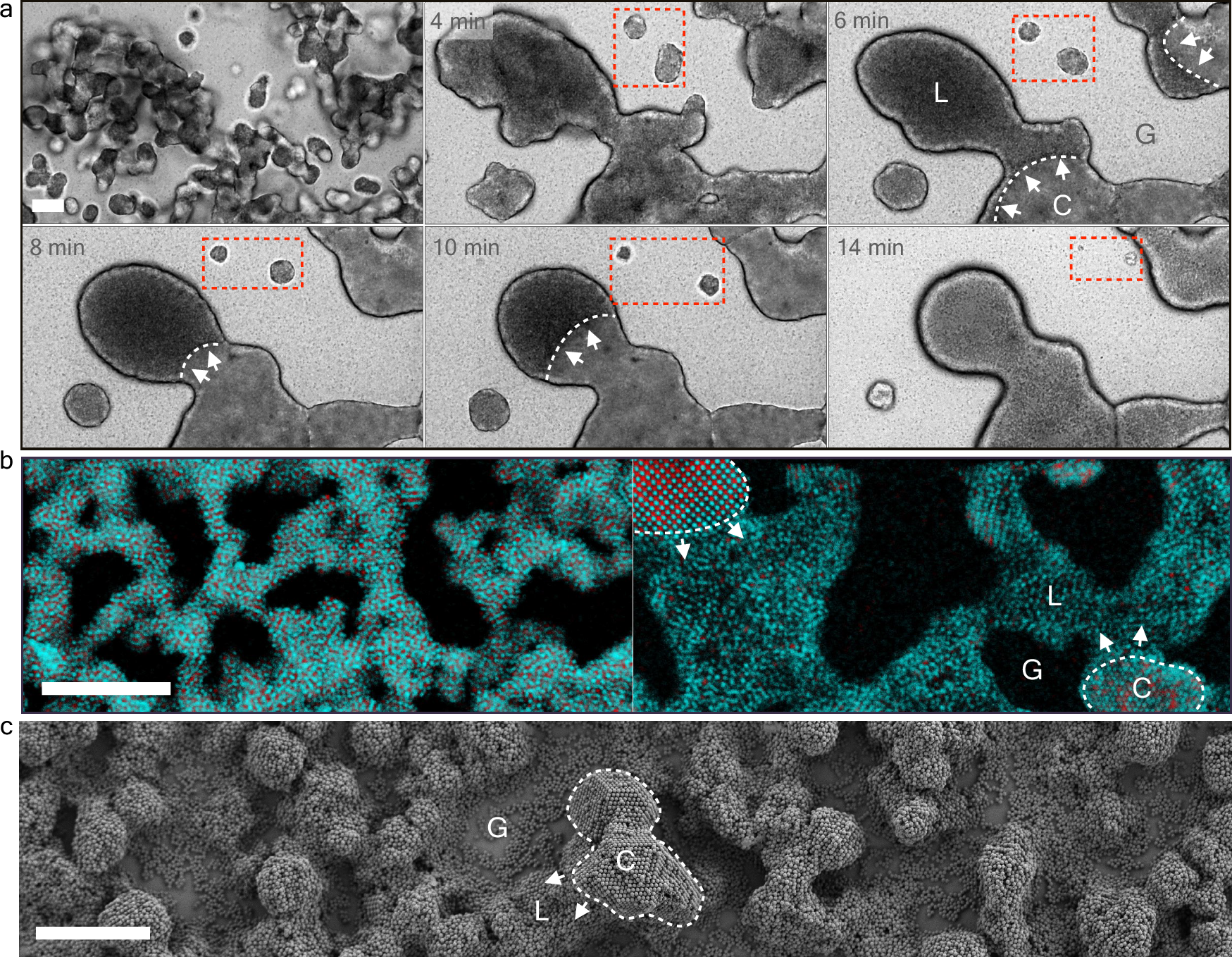2025-04-28 ノースカロライナ州立大学 (NC State)

<関連情報>
- https://news.ncsu.edu/2025/04/soft-robot-cable-cars/
- https://advanced.onlinelibrary.wiley.com/doi/10.1002/advs.202503288
- https://tiisys.com/blog/2024/12/05/post-148227/
- https://www.science.org/doi/10.1126/sciadv.aaz6912
空中軌道誘導型自律型ソフトリングロボット Aerial Track-Guided Autonomous Soft Ring Robot
Fangjie Qi, Caizhi Zhou, Haitao Qing, Haoze Sun, Jie Yin
Advanced Science Published: 25 April 2025
DOI:https://doi.org/10.1002/advs.202503288
Abstract
Navigating in three-dimensional (3D) environments with precise motion control is challenging for soft robots due to their inherent flexibility. Inspired by aerial trams, here, an autonomous soft twisted ring robot is reported capable of navigating pre-defined tracks in 3D space under constant photothermal actuation, without requiring spatiotemporal control of actuation sources. Made of liquid crystal elastomers, the ring robot, suspended on thread-based tracks, self-flips around its centerline when exposed to constant infrared light. Curling the twisted ring around tracks converts its self-rotary motion into autonomous linear movement via screw theory. This mechanism enables the autonomous robot to adapt to tracks of various materials and micron-to-millimeter sizes, overcome obstacles like knots on tracks, transport loads over 12 times its weight, ascend and descend steep slopes up to 80°, and navigate complex paths, including circular, polygonal, and 3D spiral tracks, as well as loose threads with dynamically changing shapes.
弾性不安定性の活用による性能の増幅: スパインに触発された高速・高力ソフトロボット Leveraging elastic instabilities for amplified performance: Spine-inspired high-speed and high-force soft robots
Yichao Tang, Yinding Chi, Jiefeng Sun, Tzu-Hao Huang, […] , and Jie Yin
Science Advances Published:8 May 2020
DOI:https://doi.org/10.1126/sciadv.aaz6912
Abstract
Soft machines typically exhibit slow locomotion speed and low manipulation strength because of intrinsic limitations of soft materials. Here, we present a generic design principle that harnesses mechanical instability for a variety of spine-inspired fast and strong soft machines. Unlike most current soft robots that are designed as inherently and unimodally stable, our design leverages tunable snap-through bistability to fully explore the ability of soft robots to rapidly store and release energy within tens of milliseconds. We demonstrate this generic design principle with three high-performance soft machines: High-speed cheetah-like galloping crawlers with locomotion speeds of 2.68 body length/s, high-speed underwater swimmers (0.78 body length/s), and tunable low-to-high-force soft grippers with over 1 to 103 stiffness modulation (maximum load capacity is 11.4 kg). Our study establishes a new generic design paradigm of next-generation high-performance soft robots that are applicable for multifunctionality, different actuation methods, and materials at multiscales.



